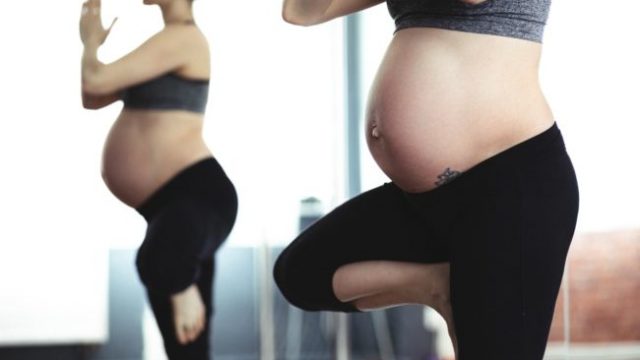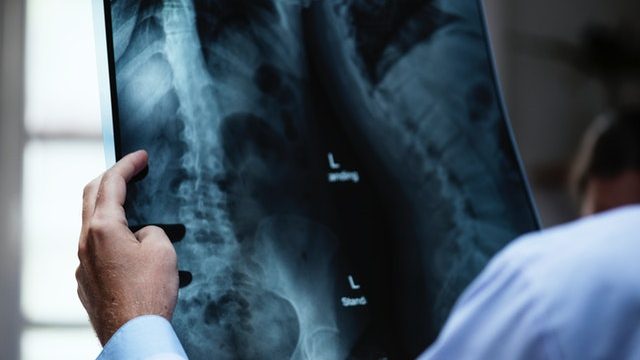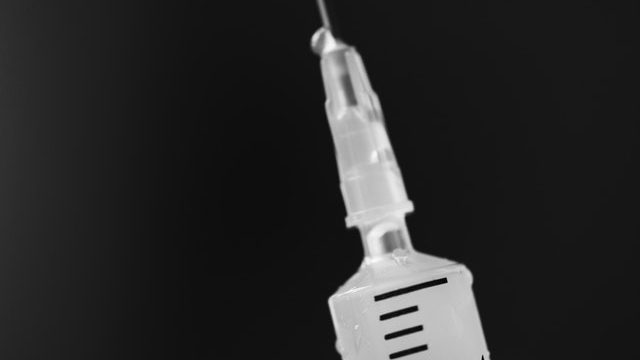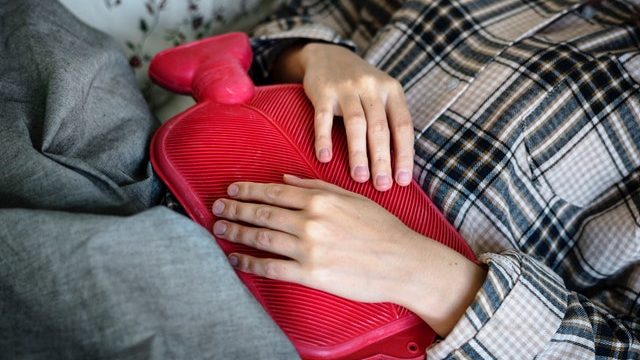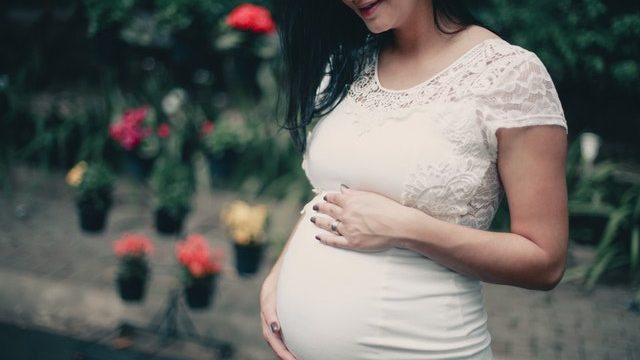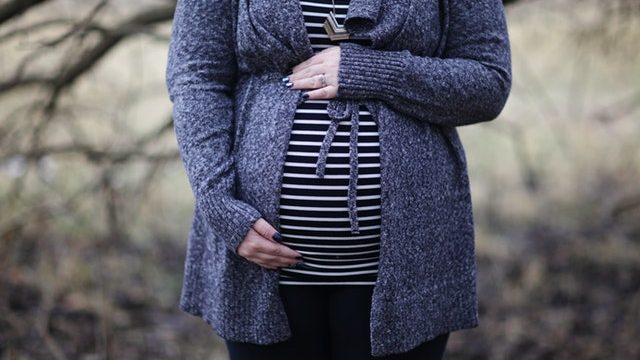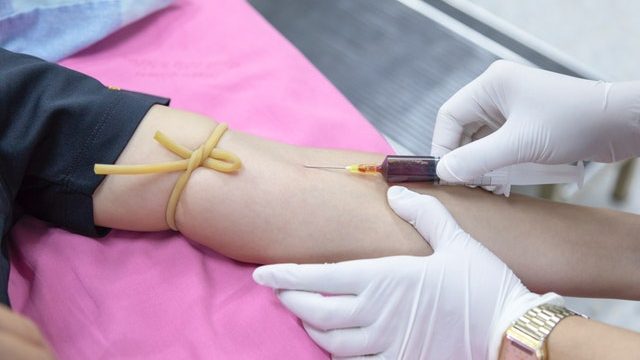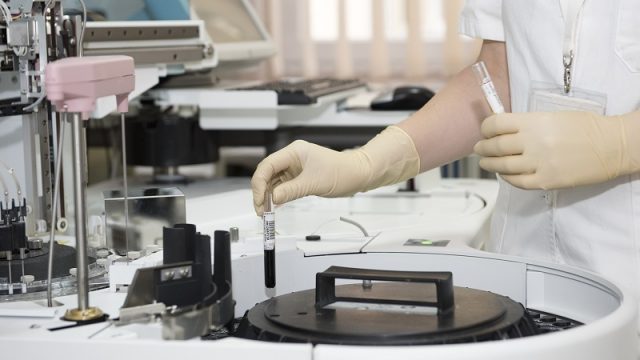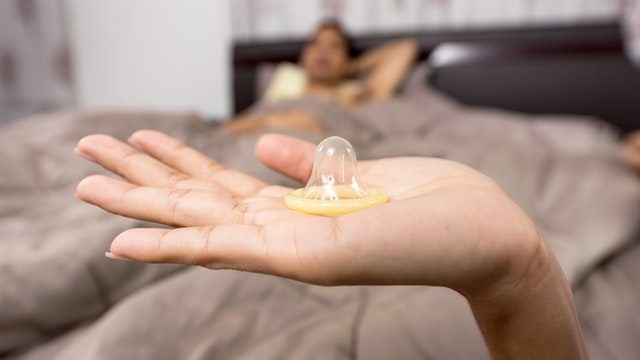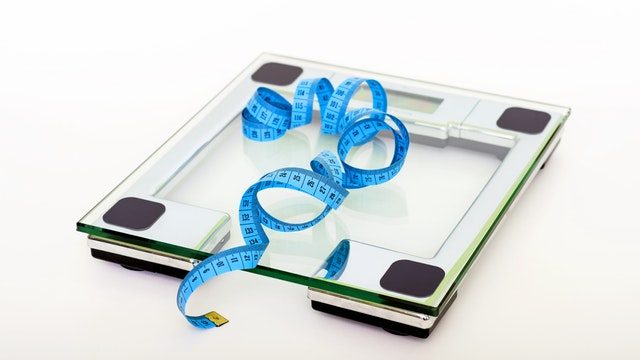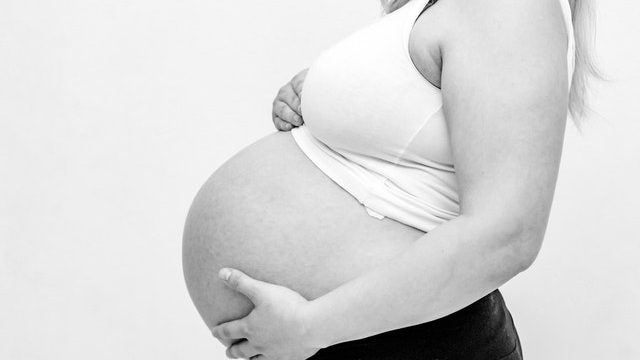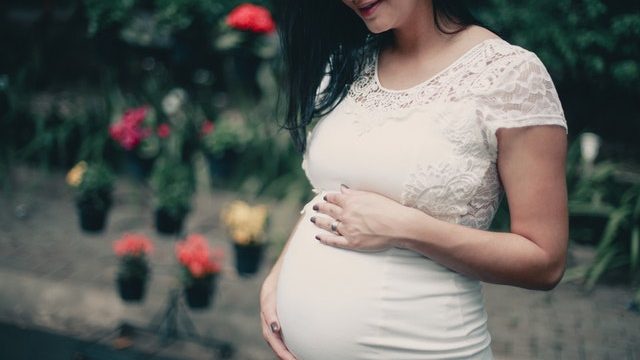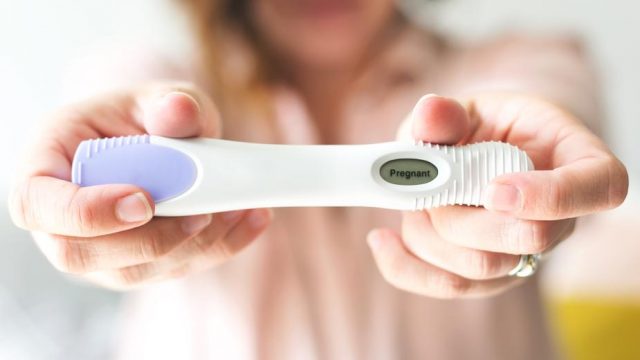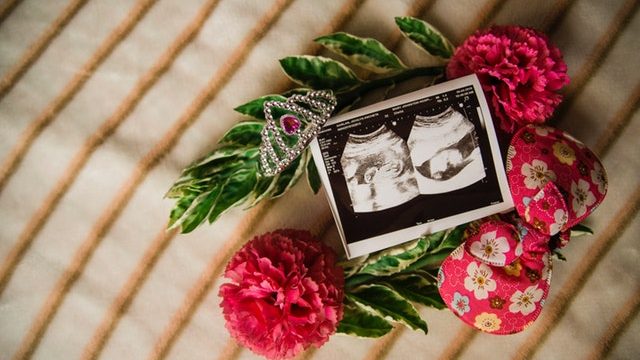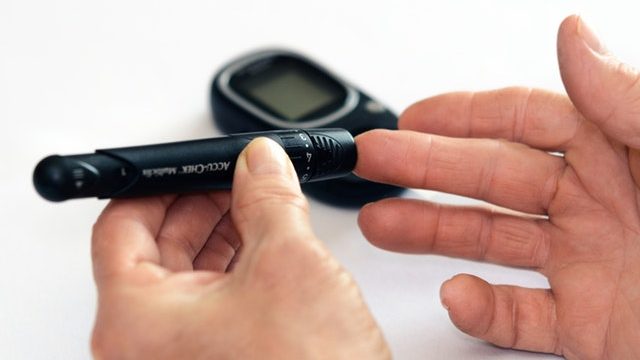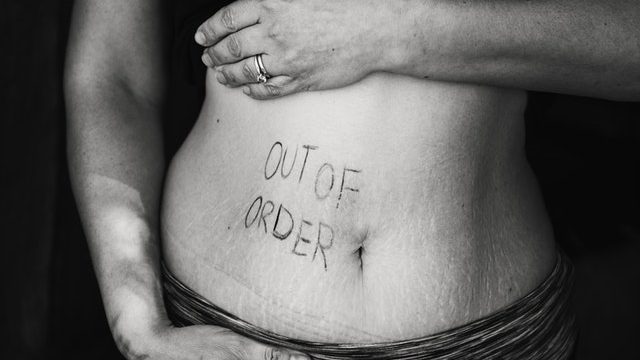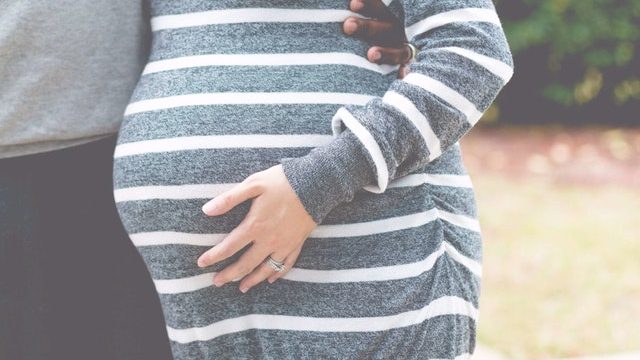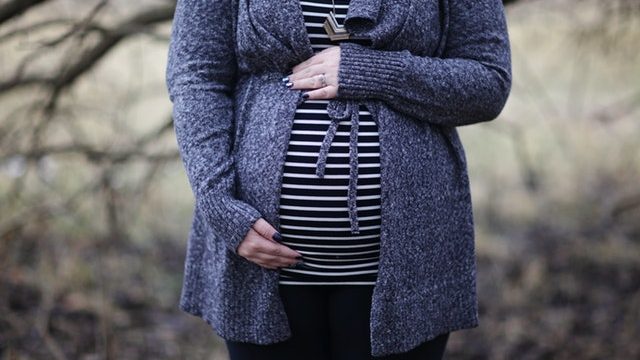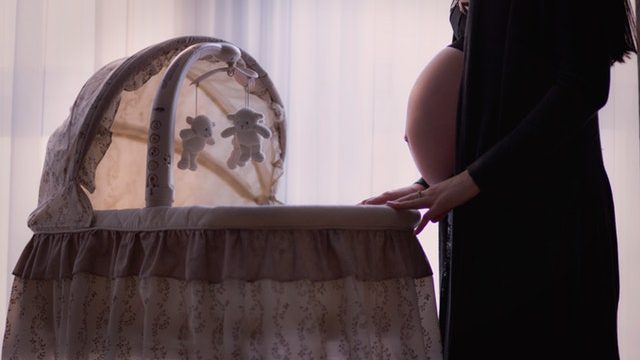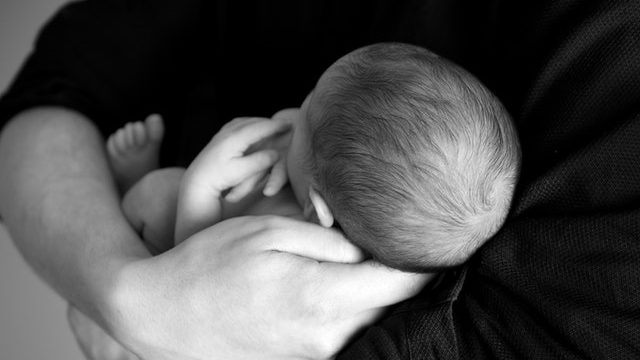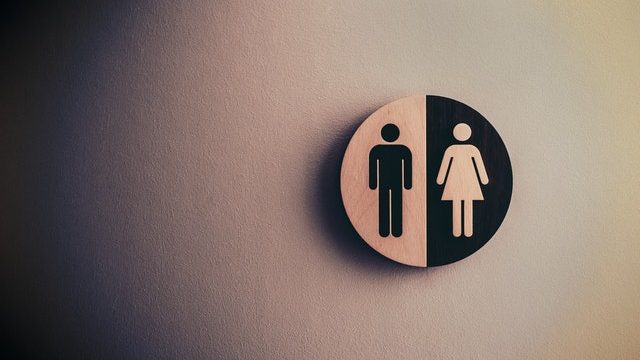IUD insertion is recommended when the period is just finishing, but it can be inserted all through the first half of the menstrual cycle and up to 5 days post ovulation.
What is IUD
The Intrauterine device – IUD is a small T shaped plastic device, which is placed inside the womb, to prevent pregnancy. It is a form of reversible contraception. It is also commonly referred to as the coil/loop/copper T/ or IUCD – intrauterine contraceptive device / intrauterine copper device.
IUDs are made of plastic and copper. There is one variety of silver. On the long shaft of the T, there is a thread that is used to remove the IUD.
How is IUD inserted?
IUD insertion is recommended when the period is just finishing, but it can be inserted all through the first half of the menstrual cycle and up to 5 days post ovulation.
The procedure for insertion requires about 5 minutes and is easily done in the consulting room. The contraceptive action starts immediately.
After the procedure, the first period may be slightly more heavy and painful but usually is not an issue.
The IUD prevents pregnancy by various mechanisms:
- They change the nature of the cervical mucus and the environment of the uterine cavity so that it is not receptive to the pregnancy.
- They prevent the sperm from reaching the tubes where the ovum is waiting for fertilization
How effective is IUD Insertion?
IUDs are about 98 percent effective. The IUCD’s have a life of three to five years after insertion. The silver-containing IUD has a life of 10 years once inserted. They have to be inserted by a qualified/trained doctor.
Who should go for IUD Insertion?
- It is a good method for spacing and therefore is a great option for those women who have one child and want to space the other.
- It is also ideal for women who have completed childbearing but do not want permanent contraception.
Who should avoid IUD Insertion?
- It is best avoided in women who have a pelvic infection
- STD
- Unexplained vaginal bleeding
- Heart valve problems
- An allergy to copper
- Are at high risk of ectopic pregnancy or have had one.
Are there any complications of IUD (coil/loop/copper T)?
As with all things, there are chances of certain complications such as:
- Increased chance of infection
- Ectopic pregnancy
- Perforation of the IUD
- Expulsion of the IUD
- Pregnancy happening with the IUD in place.
However, these should not discourage you from opting for an IUD. You should always discuss these issues with your doctor to understand more about them.
What are the other things you should know about IUD (coil/loop/copper T)?
- After insertion one will need to check up once after the next period and then once a year till it is time for the IUD to be changed or the woman wants another pregnancy.
- When an IUD is inserted after the age of 40 years then it can remain inside till menopause irrespective of its life.
- The IUD has to be removed by the doctor and it is a two-minute procedure easily done in the clinic.
- If the IUD needs to be changed then it can be done at the same time.
- If you want to switch to another method then that should be started 7 days before removing the IUD.
- It is important to note that while the IUD is in place, the periods should come as per schedule. The IUD is not meant to disturb or stop the period. So if you miss a period or the flow is not as a normal period then one should report to the doctor immediately.
- The IUD can also be used after sex as an emergency contraceptive up to five days after unprotected sex. One needs to be sure that the woman is not already pregnant.
- The IUD is a wonderful form of contraception, a major advantage being that once inserted it does not need daily action. Therefore the compliance is better.
It is better to be safe than to be sorry. Take action now.
If you need contraception and If you think an IUD maybe your choice then call Dr. Sangeeta for a discussion and to plan the insertion.



